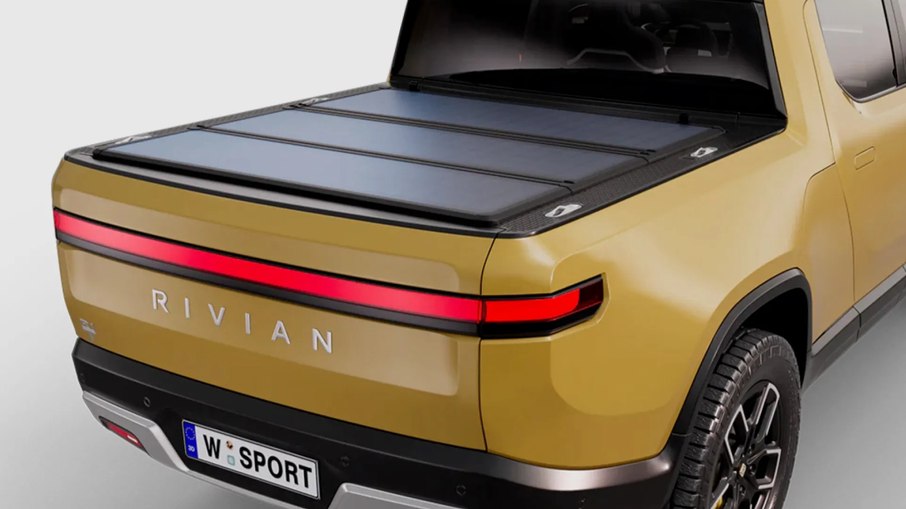RENAULT

Renault Twingo Concept...Today we want to remember a prototype presented by the French brand in 2006, the Renault Twingo Concept, inspired by youth culture.
That year, Renault arrived at the Paris Motor Show with an important novelty under its arm. A prototype propelled by a 1.2 TCe turbocharged engine equipped with numerous multimedia functions and a high level of technological equipment.
Just 3.60 meters long, the Renault Twingo Concept was intended to seduce both urban and sports car enthusiasts and those who appreciate new technologies, especially in terms of connectivity, which were already beginning to emerge in those years.
Aesthetically, it had an incisive style, full of character, with a very aggressive front end that gave it a certain sporting pedigree. It had a large bumper, a grille inspired by motorsports and optical groups with blinkers included. The SUV's sporty character was revealed in the side graphics, inspired by a checkered flag.
Continuing in the side view, attention was drawn to the 17-inch wheels, common today, but not at that time. These wheels were chrome and included yellow accents. Another eye-catching detail was the widened fenders to accentuate the sporty look of the model. At the rear, attention was drawn to the double chromed exhaust pipe and the air extractor that took the Renault Clio Sport as a reference.
The interior of the 2006 Twingo Concept was in stark contrast to the exterior. Here the protagonism was for technology. There was space for four occupants on independent seats with integrated headrests, which offered a great support and level of comfort. Each seat included an entrance so the passenger could listen to their favorite music.
The passenger compartment had a panoramic glass sunroof and its two pillarless doors ensured a bright interior that highlighted the qualities of the minimalist panel design. The cabin's Touch Design approach, simple and ergonomic, was a statement of intuitive understanding.
The steering wheel, with its flat bottom, was a hub of technology and was packed with controls for handling mobile systems, as well as a microphone for electronic conferences via Bluetooth. Behind the steering column was a large tachometer with an exclusive graphic design.
One of the most spectacular elements of the Twingo Concept, even today, is its 15-inch retractable and folding screen that could only be used when the car was stationary. Behind this monitor were all the functions of a computer that allowed passengers to connect to the internet.
Underneath the prototype's short hood was a small, newly built gasoline engine. It was a 1.2 liter TCe 4-cylinder block, turbocharged, which developed 100 hp of power and 145 Nm of maximum torque.
At that time, there was already a concern with ecology, and at the French event, Renault highlighted the efficiency of this engine, which combined response, power and respect for the environment. Furthermore, it advertised fuel consumption equivalent to CO2 emissions of less than 140 g/km. Of course, at the time, the NEDC cycle was used.
This Renault Twingo prototype was inspired by youth culture and the love of music. Precisely, music had a preponderant role in this car. The center console had a USB port and sockets for devices such as the Apple iPod and the Nokia smartphone, which at that time were the ultimate in communication.
The panel had a built-in table for mixing music, and when you opened the back cover, its built-in speakers would pop out to enjoy the music played by the DJ. The musical focus was also reflected in the dashboard's visual graphics, the top of which featured a pattern based on the bars of a graphic equalizer.
Lastly, the Renault Twingo Concept included its own light show. When the car was stationary, when the multimedia mode was activated, the cabin was bathed in a high-tech blue glow. If the driver pressed the start button, the tone changed from blue to Renault's characteristic yellow to create a sporty atmosphere.
Autonews







Nenhum comentário:
Postar um comentário